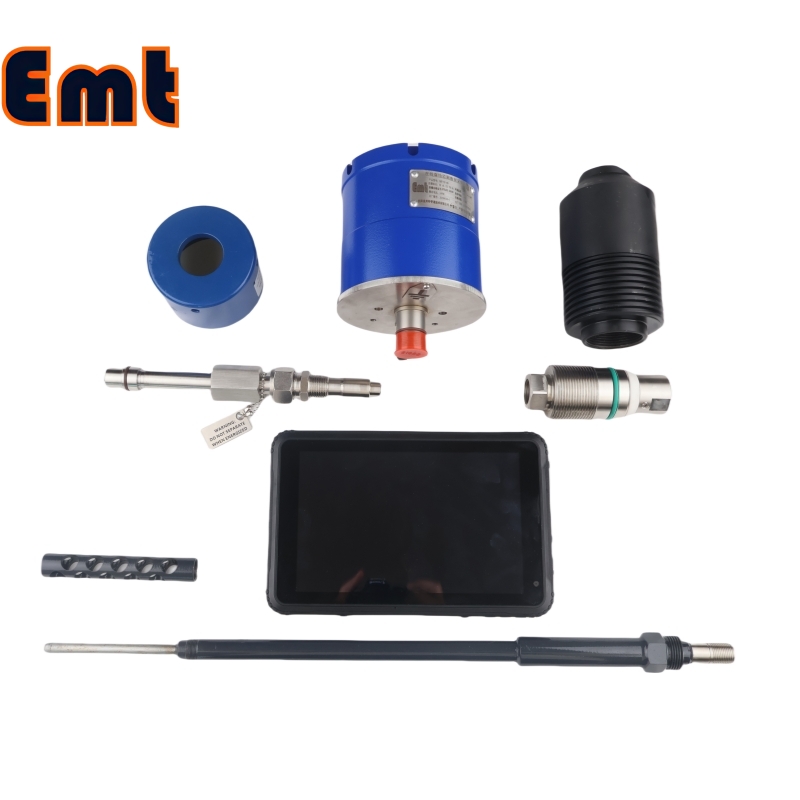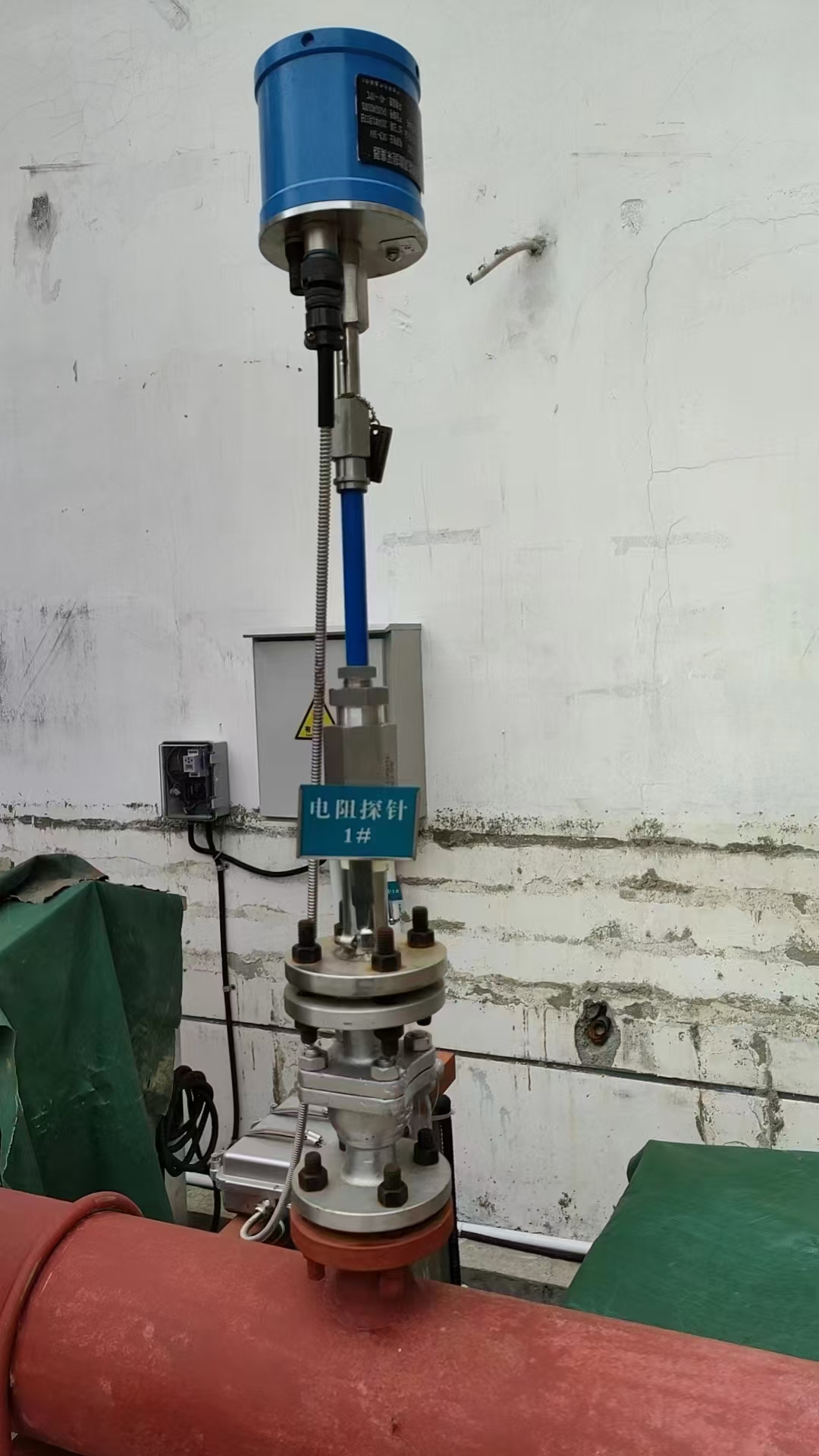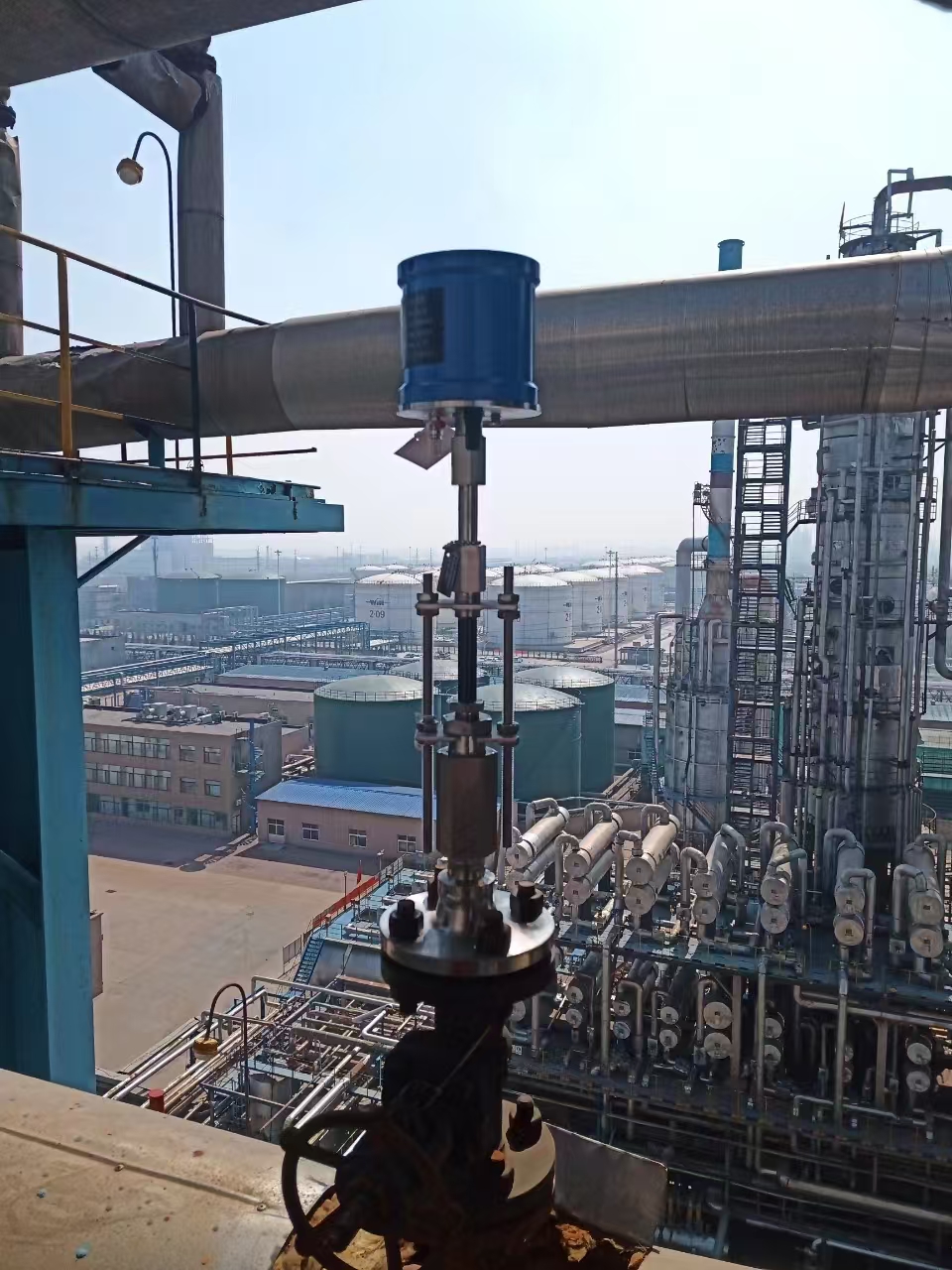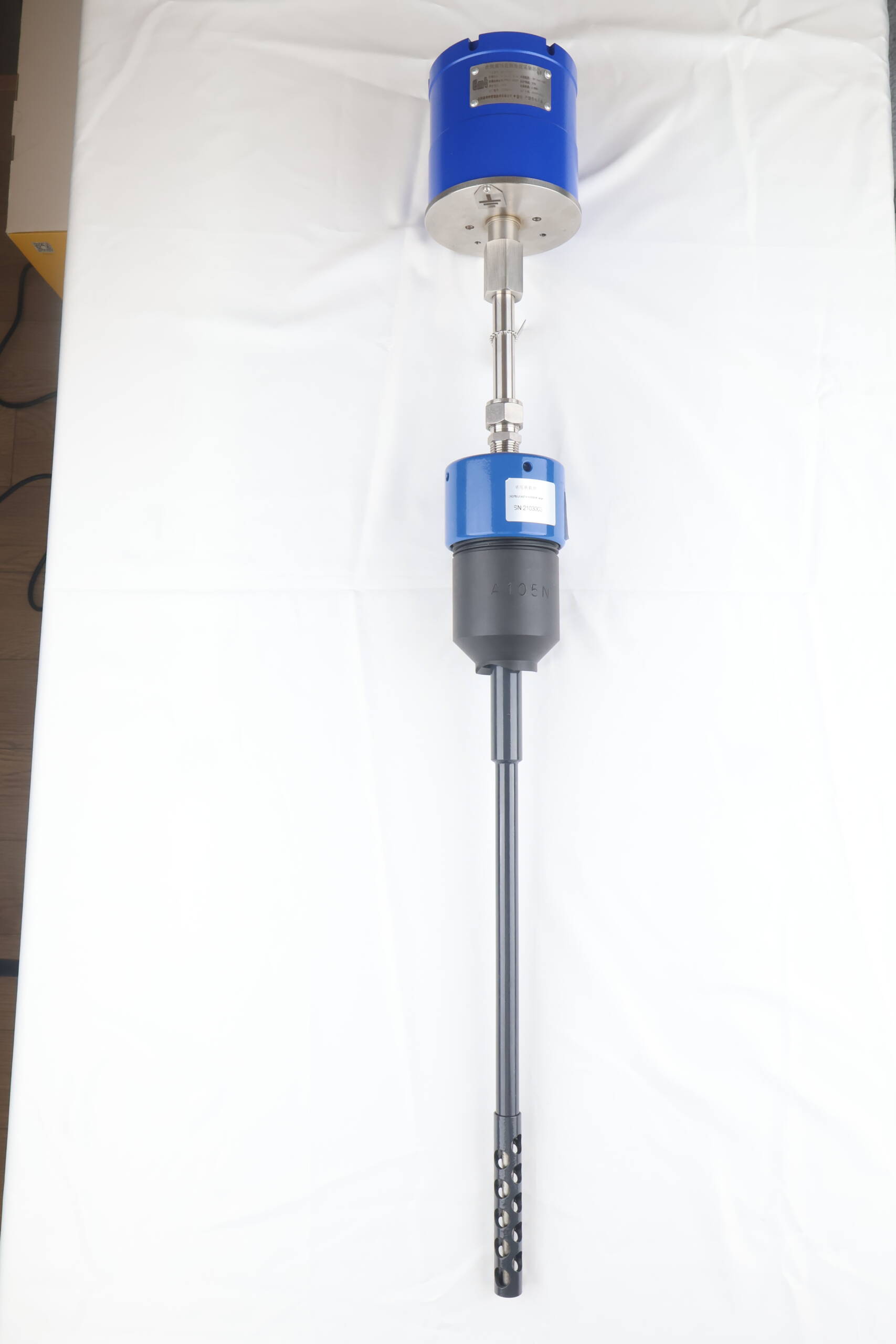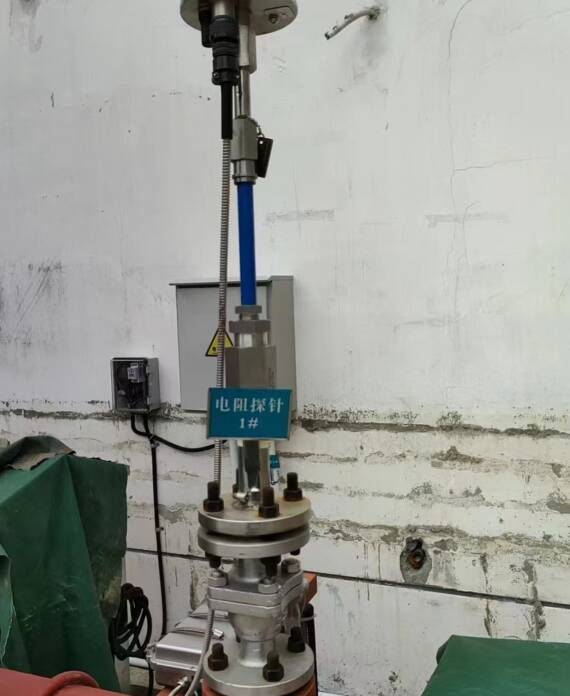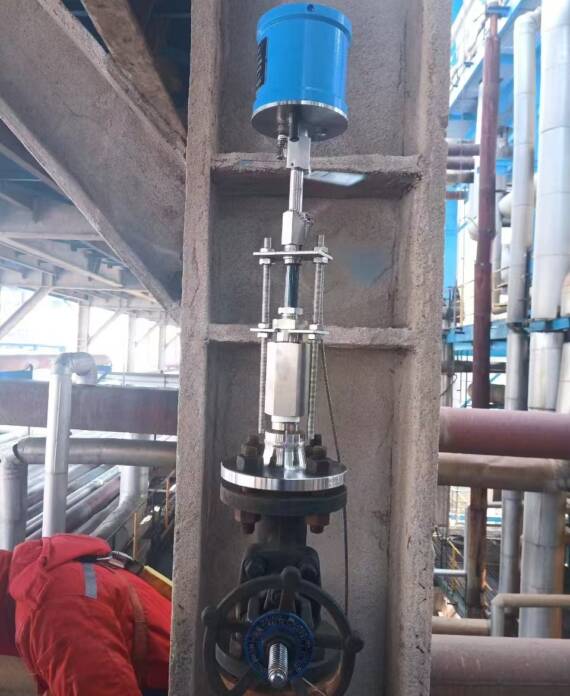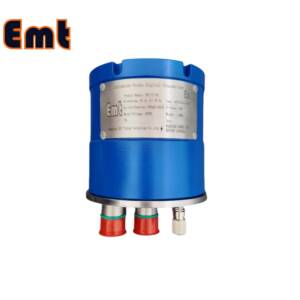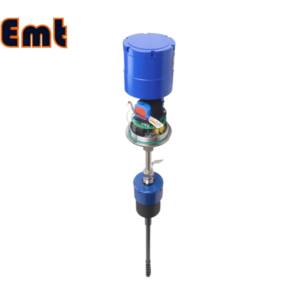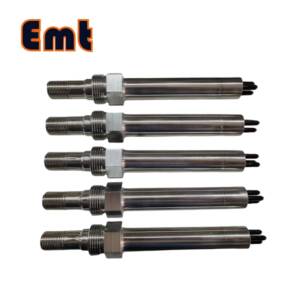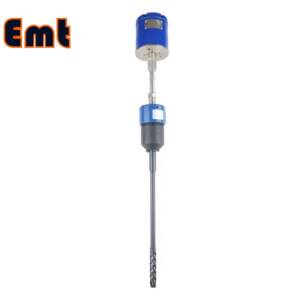Description
Corrosion monitoring is a critical process in industrial and infrastructure systems where metallic components are exposed to corrosive environments. A Corrosion Monitoring Solution refers to the combination of tools, techniques, and technologies used to detect, measure, and analyze the rate and effects of corrosion over time. This helps operators ensure asset inte.grity, optimize maintenance schedules, reduce downtime, and prevent catastrophic failures.
These solutions are widely used in industries such as oil & gas, petrochemicals, water treatment, power generation, and marine operations. By continuously or periodically monitoring corrosion activity, organizations can make informed decisions about corrosion mitigation strategies such as chemical dosing, material selection, or protective coatings.
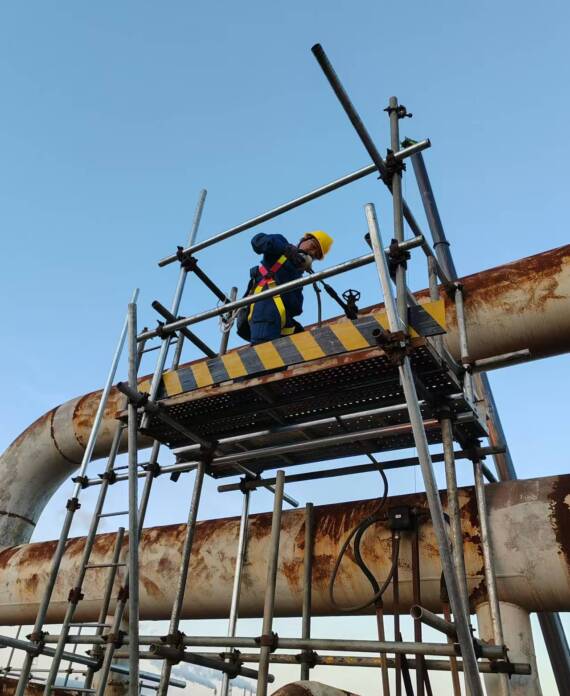
Corrosion Monitoring Services by EMT
At EMT (Engineering & Monitoring Technologies), we specialize in providing comprehensive corrosion monitoring solutions tailored to the specific needs of industrial pipeline systems. With years of hands-on experience and a deep understanding of corrosion dynamics, our team offers a full range of services—from system design to installation, data acquisition, and in-depth analysis.
No matter the industry, whether you’re operating in upstream oilfields, chemical processing plants, or water treatment facilities, EMT consistently delivers reliable, accurate, and cost-effective corrosion monitoring solutions that adapt to your unique operational environment. To achieve this, we utilize advanced monitoring technologies, including electrical resistance probes, corrosion coupons, and data logging systems, ensuring real-time insights and actionable results for better decision-making and long-term asset protection.
Why Choose EMT?
Custom-engineered monitoring systems for various industries
On-site installation and maintenance by certified technicians
Real-time corrosion rate monitoring and data reporting
Integration with existing asset integrity and SCADA systems
Expert consultation on corrosion mitigation and prevention
Partnering with EMT means gaining a trusted advisor in protecting your pipeline assets and extending the life of your critical infrastructure.
What’s Included in a Corrosion Monitoring Solution?
A typical corrosion monitoring solution may include the following key components:
1. Monitoring Probes & Sensors
Types: Electrical resistance (ER) probes, linear polarization resistance (LPR) probes, galvanic probes, ultrasonic sensors, etc.
Purpose: These are installed directly into the process stream or pipeline to provide real-time or periodic data about corrosion rates.
2. Access Fittings & Retrieval Tools
Used to safely install and retrieve sensors or coupons from pressurized systems without shutdown.
Includes mechanical or hydraulic retrieval tools and isolation valves.
3. Corrosion Coupons
Simple metal strips made from the same material as the system being monitored.
After exposure, they are removed and analyzed for weight loss or pitting to calculate corrosion rates.
4. Data Acquisition Systems
Devices and software platforms that collect, store, and analyze corrosion data from probes and sensors.
May include remote monitoring capabilities via IoT or SCADA systems.
5. Injection & Sampling Systems
Includes chemical injection quills and sampling quills to apply corrosion inhibitors or extract fluid samples for lab analysis.
6. Software & Reporting Tools
Analytical tools to visualize trends, generate alerts, and produce compliance reports.
Helps maintenance teams take proactive action.
Purpose and Benefits of Corrosion Monitoring Solutions
Implementing a corrosion monitoring solution offers a wide range of benefits for companies across various industries. First and foremost, it helps to extend the life of valuable assets. By continuously tracking corrosion rates and identifying problem areas early, organizations can take proactive steps to mitigate damage. As a result, infrastructure and equipment can operate more reliably over longer periods, reducing the need for premature replacements.
In addition to asset longevity, corrosion monitoring plays a crucial role in ensuring safety and regulatory compliance. Many industries are subject to strict safety and environmental regulations. Therefore, having reliable corrosion data allows companies to demonstrate compliance, avoid penalties, and protect both personnel and the environment. Moreover, it enhances operational transparency and builds trust with regulators and stakeholders.
Another key advantage is the ability to optimize chemical usage. Rather than relying on estimates or trial-and-error methods, operators can use real-time data to fine-tune the dosing of corrosion inhibitors and other treatment chemicals. Consequently, this leads to more efficient operations, reduced chemical waste, and lower operational costs.
Furthermore, effective corrosion monitoring helps to reduce unexpected maintenance costs. By catching corrosion-related issues early, companies can schedule maintenance activities during planned outages rather than responding to emergency failures. In turn, this minimizes downtime, improves productivity, and prevents costly disruptions to production.
Ultimately, by providing actionable insights into corrosion behavior, these systems empower companies to make smarter, data-driven decisions. All things considered, corrosion monitoring solutions serve as a foundational tool in asset integrity management, helping businesses operate more safely, efficiently, and sustainably.


